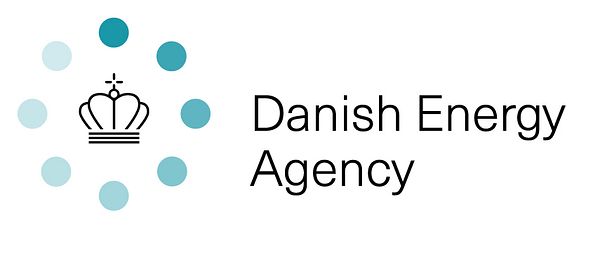Press release -
New Scenario tool analyses the benefits and cost of green transition
The Danish Energy Agency launches the Balmorel Lite tool for assessment of the value of renewable energy in different electricity systems. Based on existing power plants, various scenarios can be simulated to represent potential system effects of various investments in renewable energy sources like wind and solar. It is a simple tool that can analyse the transformation of the power systems and provide a better understanding on how renewable energy affects the power markets.
Long term energy planning has always been a key element of the Danish energy and climate model. Since the first oil crisis in 1973, Denmark has established a focused long-term energy policy, leading to the transition of the Danish energy system towards reduced energy consumption, increased decentralized energy production and increased utilization of renewable energy resources. The Danish Energy Agency is now presenting a model to introduce users in the analysis of current and future electricity systems. The model can perform various scenarios analyses with potential investments in renewable energy.
Denmark has for many years been in the lead with transition to renewable energy generation. Renewable energy’s share of the final energy consumption has been steadily increasing since 1980. Nowadays, renewable energy accounts for more than 50%of domestic electricity generation, which is mainly due to electricity production from wind energy. Renewable energy is becoming increasingly competitive with conventional energy sources due to the declining renewable energy costs and the increasing prices of fossil fuels.
Shows the challenges and opportunities of integrating renewable energy
The Danish Energy Agency presents this simplified web based tool to analyse effects, such as curtailment of renewable energy and changes in electricity prices due to an increasing share of renewable energy in existing power systems. The objective of the tool is to provide a broader picture of the possibilities and challenges for deploying more renewable energy, integrating it into a flexible electricity system and to perform initial localized calculation of system costs, i.e. current vs. future energy mix. The results from the model are deployable in relation to the LCoE Calculator, by providing authorities with full economically feasible and sustainable alternatives for their future energy systems including system costs and changes in the electricity price by increasing the share of renewable energy in existing power systems.
The model can be accessed and used without a charge through the webpage www.balmorellite.dk.
About Balmorel Lite:
- Balmorel Lite is a simplified version of the energy model Balmorel, which is used for scenario analysis in many countries. However, only the electricity sector can be represented with Balmorel Lite.
- Balmorel Lite simulates the hourly load distribution on power plants based on their short run marginal costs within a year.
- During the simulation, Balmorel Lite takes into account the start-stop costs and the technical minimum load on thermal power plants. As a result, the need for flexibility in the thermal power plants is illustrated in order to achieve optimal integration of renewable energy.
- Balmorel Lite is part of the Danish cooperation and activities with the purpose of supporting an environmentally sustainable development in the world’s developing economies using Danish experiences with low carbon technologies and systems.
Contact:
Special Advisor Henrik Breum, Danish Energy Agency, Cell: +45 33 92 78 12, e-mail: hebr@ens.dk
Related links
Topics
- Business enterprise, General
Categories
- climate and co2
- international
The work of the Danish Energy Agency involves matters relating to energy supply and consumption, as well as Danish efforts to reduce carbon emissions. The Agency is also responsible for Danish building policy and promotes more sustainable building with regard to energy consumption, use of materials and economic issues.
The Agency is responsible for the entire chain of tasks linked to energy production and supply, transportation and consumption, including energy efficiency and savings as well as Danish national CO2 targets and initiatives to limit emissions of greenhouse gasses. The Agency supports building-policy initiatives to increase the productivity and quality of building as well as the operation and maintenance of buildings, with focus on sustainable building. The Agency also collaborates with the building sector to establish a good framework for the industry.
The Danish Energy Agency was established in 1976, and is an agency under the Ministry of Climate, Energy and Building. The Agency employs about 360 persons.
